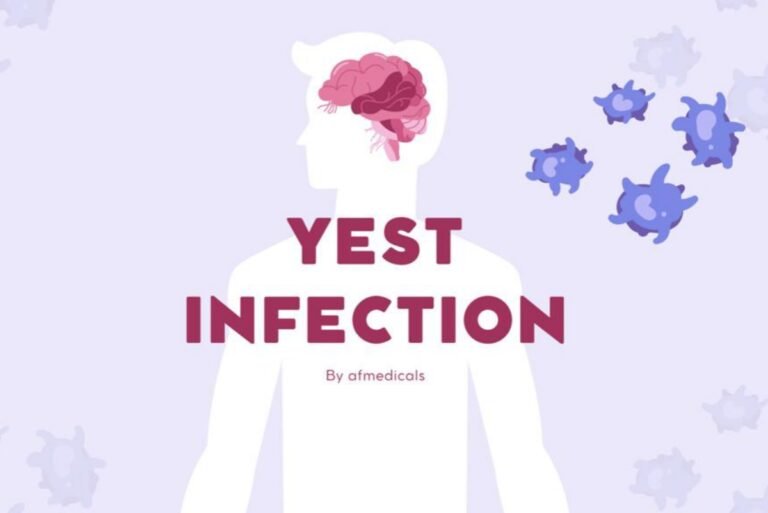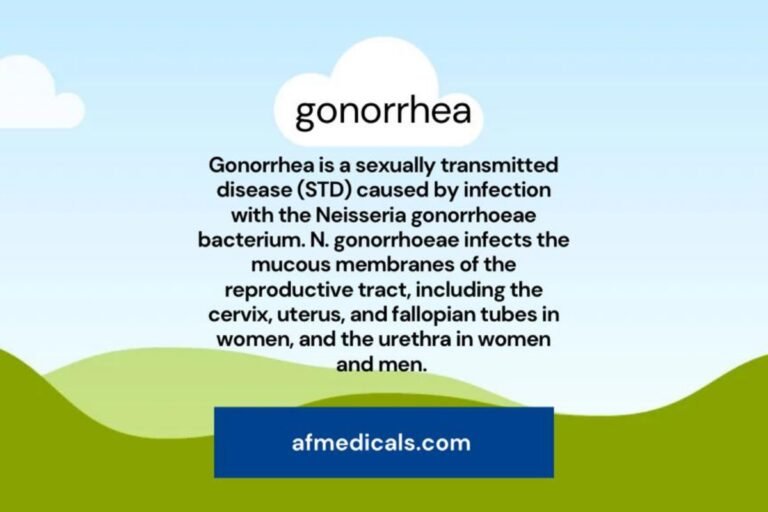Unveiling Urticaria (Hives): A Comprehensive, Insightful Guide:
Unveiling Urticaria (Hives): A Comprehensive, Insightful Guide:
Table of Contents
- Introduction:
- Definition
- Prevalence
- Understanding Urticaria:
- Types of Urticaria:
- Acute Urticaria
- Chronic Urticaria
- Physical Urticaria
- Symptoms:
- Causes and Triggers:
- Allergic Reactions
- Physical Triggers
- Stress and Emotional Factors
- Infections and Illnesses
- Diagnosis:
- Clinical Evaluation
- Allergy Testing
- Blood Tests
- Physical Challenge Tests
- Treatment and Management:
- Avoiding Triggers
- Medications
- Antihistamines
- Corticosteroids
- Immunosuppressants
- Biologic Therapy
- Lifestyle and Home Remedies
- Alternative Treatments
- Living with Urticaria:
- Dietary Considerations
- Stress Management Techniques
- Support Groups and Resources
- Prevention:
- Identifying and Avoiding Triggers
- Immunotherapy
- Recent Advances and Research:
- New Medications
- Understanding the Pathophysiology
- Conclusion:
Introduction:
Urticaria, commonly alluded to as hives, influences a critical portion of the populace, with its sudden onset of ruddy, bothersome welts causing inconvenience and concern. This condition can show in anybody, notwithstanding age or sexual orientation, and ranges from intense, temporal scenes to inveterate cases that hold on for months or indeed a long time. Understanding urticaria’s complexities is vital for successful administration and treatment.
Understanding Urticaria:
Urticaria isn’t a single condition but an appearance of different fundamental causes and triggers, making its administration a challenge. Its classification into intense, persistent, and physical shapes makes a difference in fitting treatment approaches.
Types of Urticaria:
Acute Urticaria: Frequently connected to particular triggers like nourishment hypersensitivities, medicines, or contamination, intense urticaria is characterized by sudden flare-ups that resolve within six weeks.
Chronic Urticaria: When welts show up for more than six weeks and frequently without an identifiable cause, the condition is called unremitting. It poses symptomatic and treatment challenges.
Physical Urticaria: Interesting in that it is activated by physical jolts such as weight, temperature changes, or working out, physical urticaria can regularly be replicated with testing.
Symptoms:
The essential side effect of urticaria is the appearance of welts that are ruddy, raised, and bothersome. These can shift in estimate and may connect to create bigger ranges of hasty. In a few cases, profound swelling known as angioedema happens, affecting hands, feet, and faces.
Causes and Triggers:
Distinguishing the cause of urticaria can be direct in intense cases but slippery in constant shapes. Triggers can extend from allergens (nourishments, drugs, creepy crawly stings) to physical variables (cold, warm, weight, daylight), diseases, and indeed, immune system reactions.
Diagnosis:
An intensive, persistent history is vital for diagnosing urticaria, with specific consideration given to the timing, length, and potential triggers of episodes. Physical examinations and tests (hypersensitivity tests, blood work) help in distinguishing basic causes, particularly in unremitting cases.
Treatment and Management:
Avoiding Triggers:
The foundation of overseeing urticaria is maintaining a strategic distance from known triggers, which may require way of life alterations and cautious observation of potential allergens.
Medications:
Antihistamines: These are the backbone of treatment, giving help from tingling and diminishing welts.
Corticosteroids: Utilized sparingly for serious episodes, these drugs offer speedy help but come with critical side impacts on the off chance that utilized long-term.
Immunosuppressants and Biologic Therapies: For persistent urticaria lethargic to other medications, these drugs can balance the resistant reaction to diminish indications.
Lifestyle and Home Remedies:
Basic measures like wearing free clothing, dodging cruel cleansers, and applying cool compresses can lighten side effects. For a few, dietary changes may be useful, particularly in cases where particular nourishment triggers are distinguished.

Living with Urticaria:
Living with inveterate urticaria can affect quality of life, making back and self-care techniques fundamental.
Dietary Considerations:
Whereas not continuously a trigger, certain people may advantage from distinguishing and maintaining a strategic distance from particular nourishment allergens.
Stress Management Techniques:
As stretch can compound urticaria, joining unwinding and stress-management methods into every day schedules can be useful.
Prevention:
Preventive techniques center on dodging known triggers. For people with unfavorably susceptible urticaria, desensitization through immunotherapy may offer long-term help.
Recent Advances and Research:
Later, a long time has passed since we saw critical progress in understanding urticaria’s pathophysiology, leading to the improvement of modern medicines, especially biologic treatments focusing on particular resistant pathways.
Conclusion:
Urticaria presents a multifaceted challenge, from conclusion through administration and treatment. Whereas intense scenes may resolve with straightforward measures, incessant urticaria requires a comprehensive approach that incorporates medicine, way of life alterations, and adapting techniques. Progressing investigate proceeds to shed light on this condition, advertising trust for more viable medications and distant better;a much better;a higher;a stronger;an improved a stronger understanding of its basic causes.







